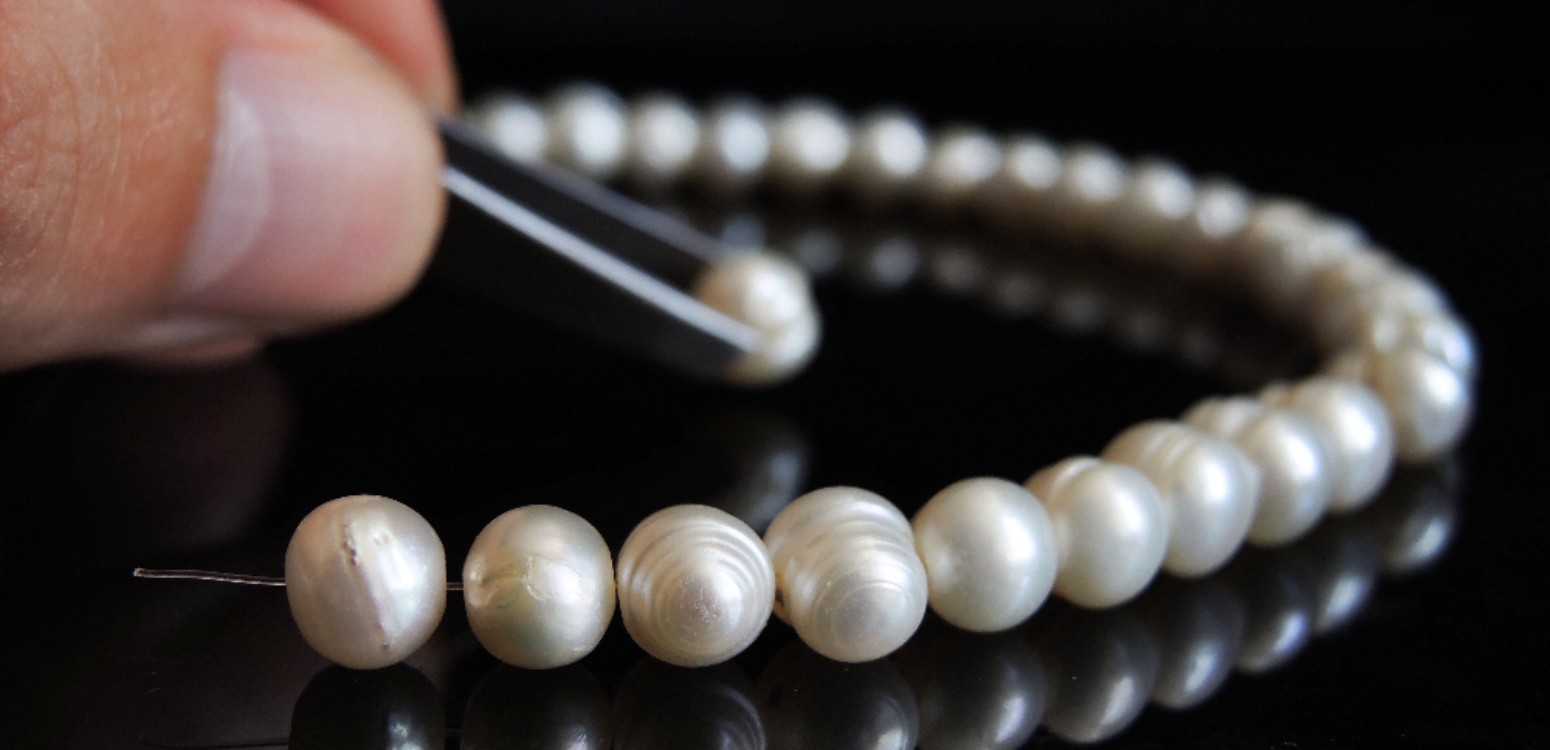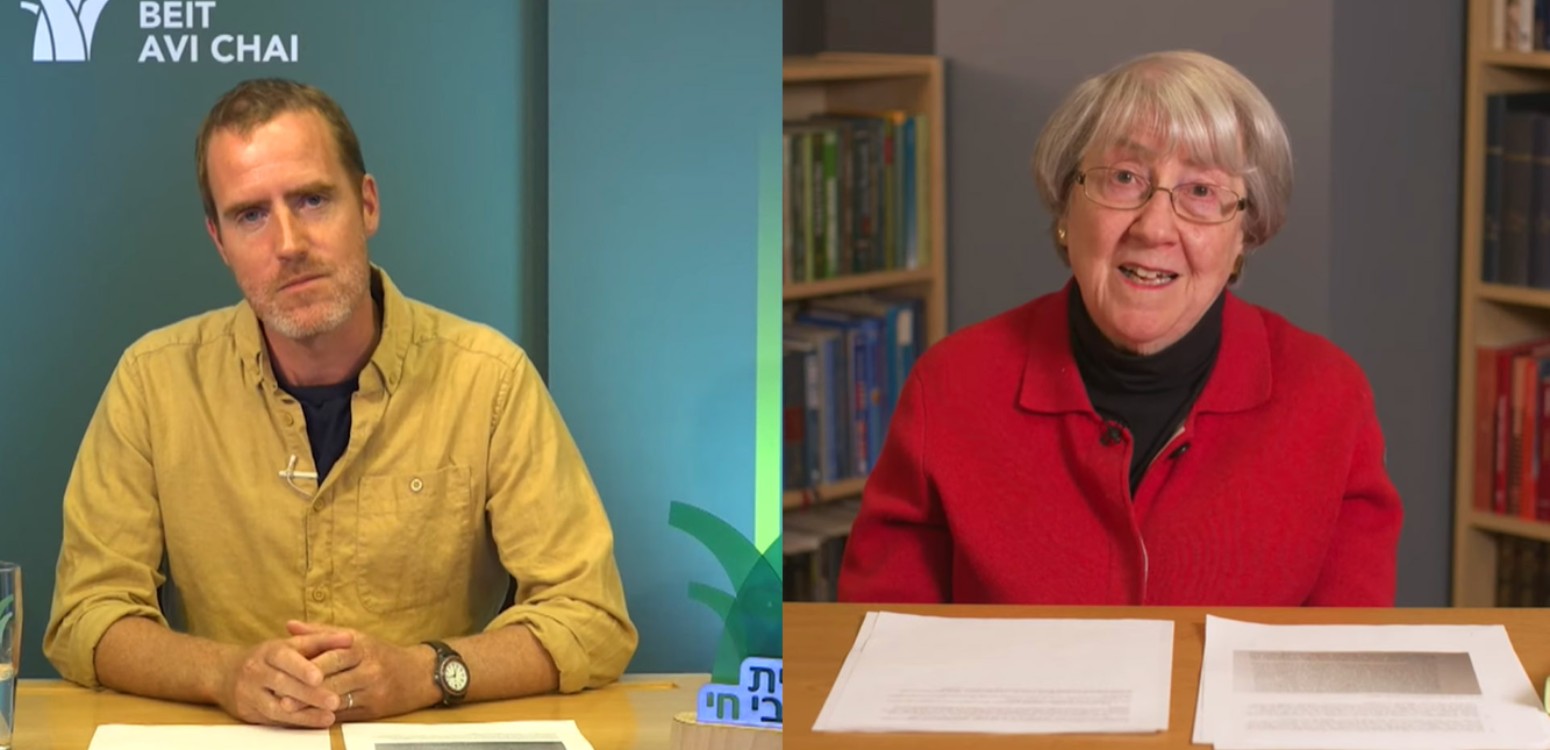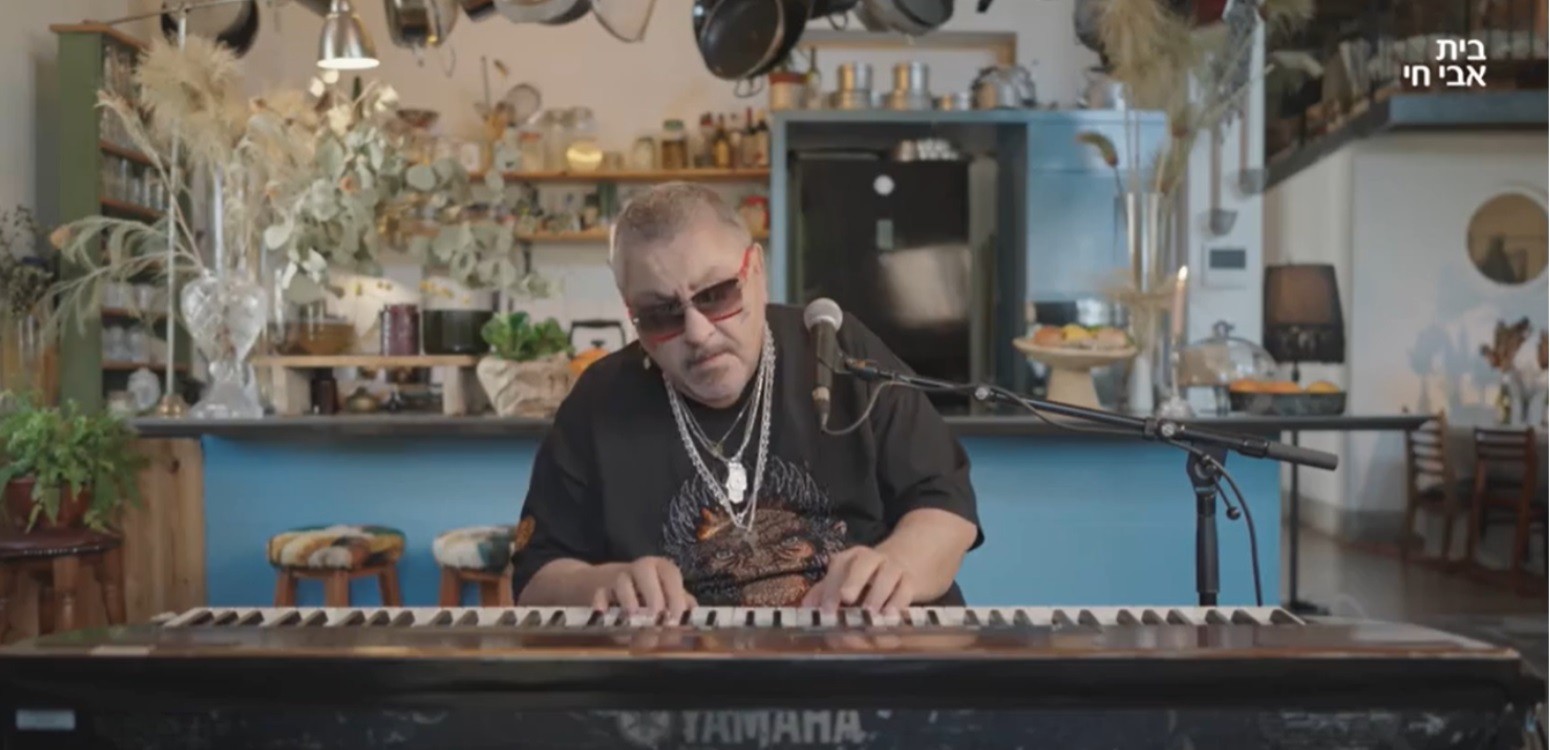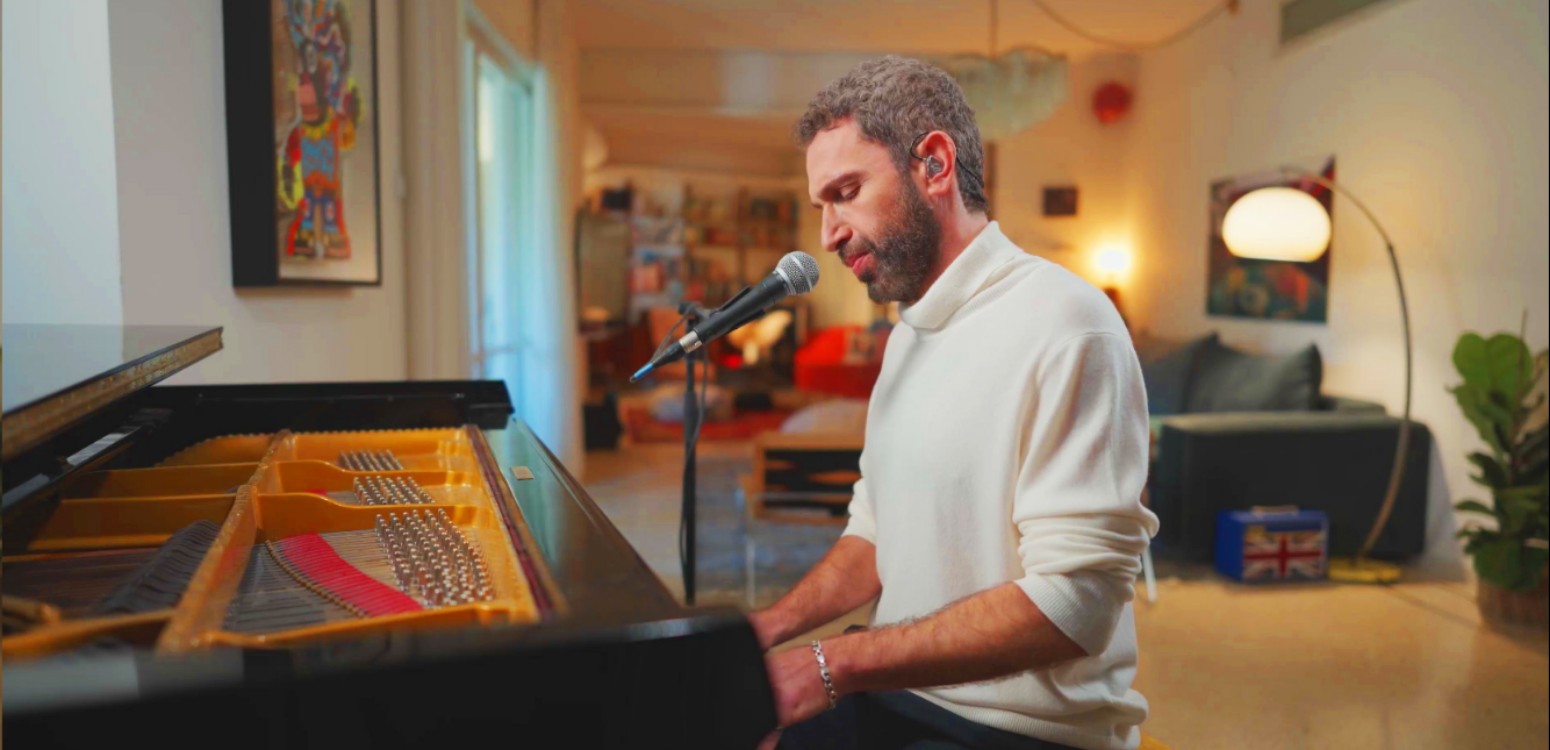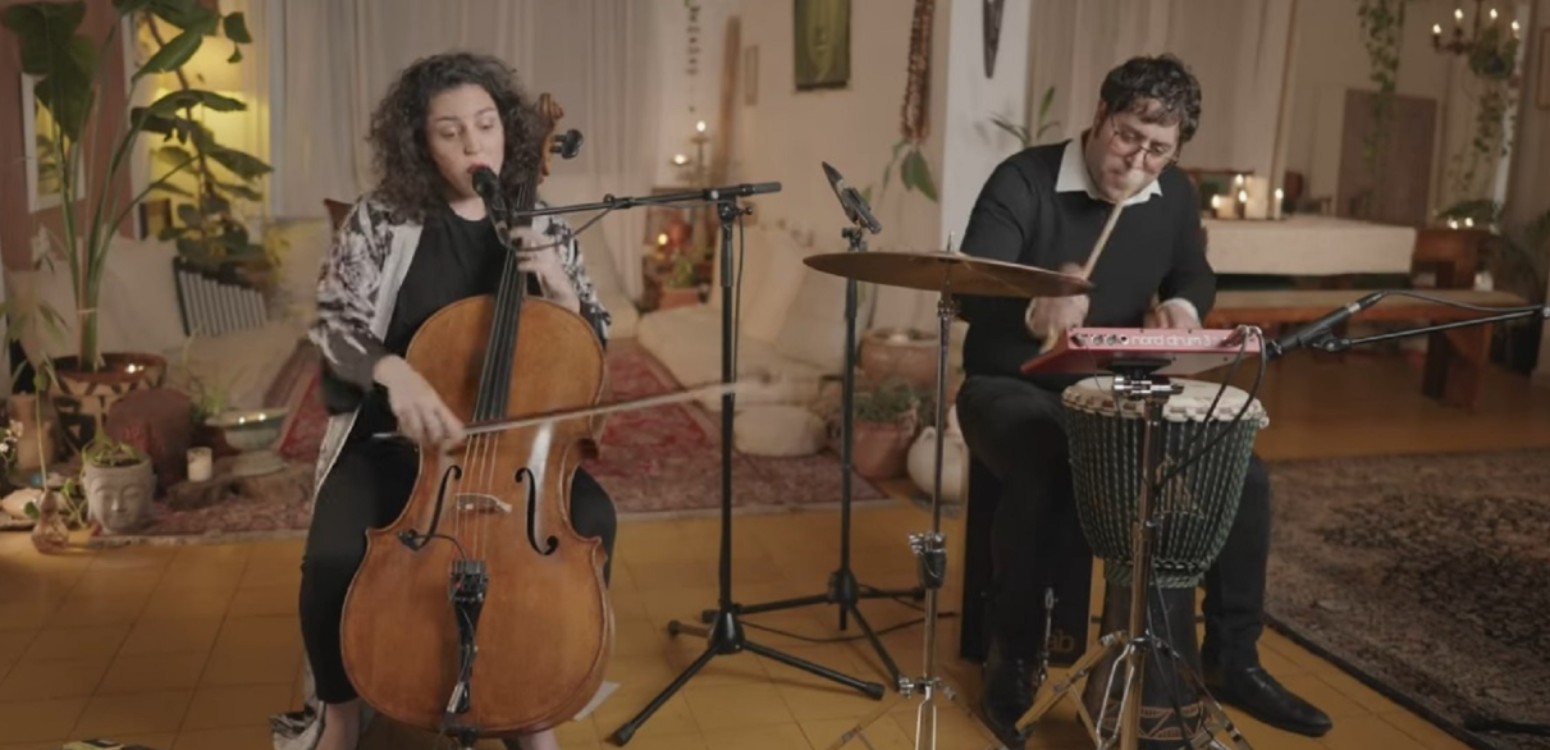Other episodes in the series
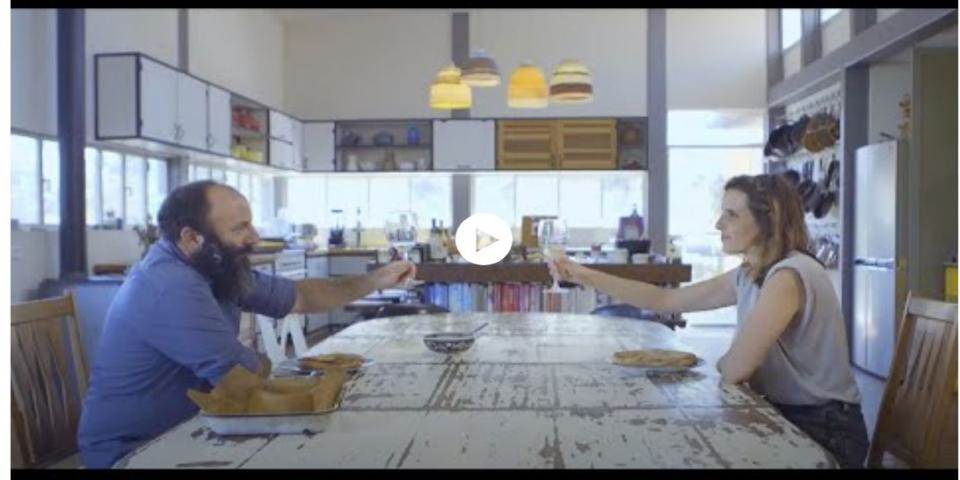


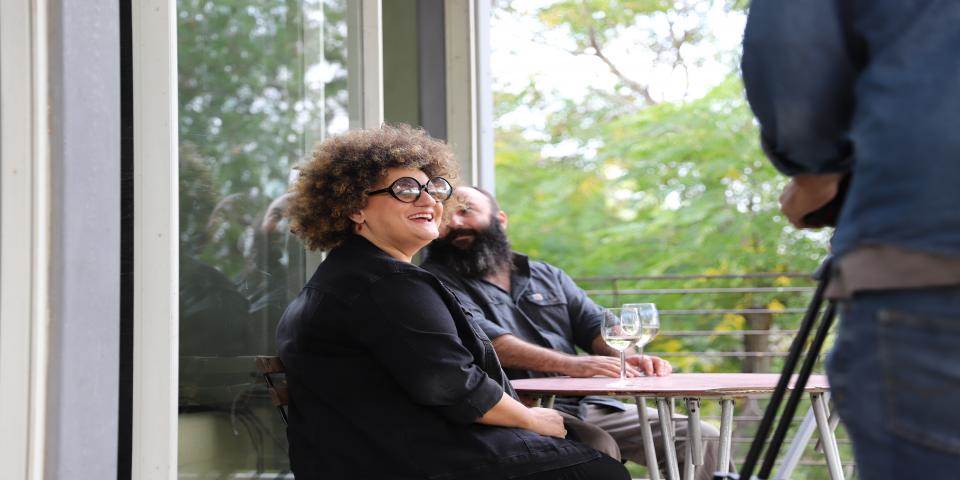
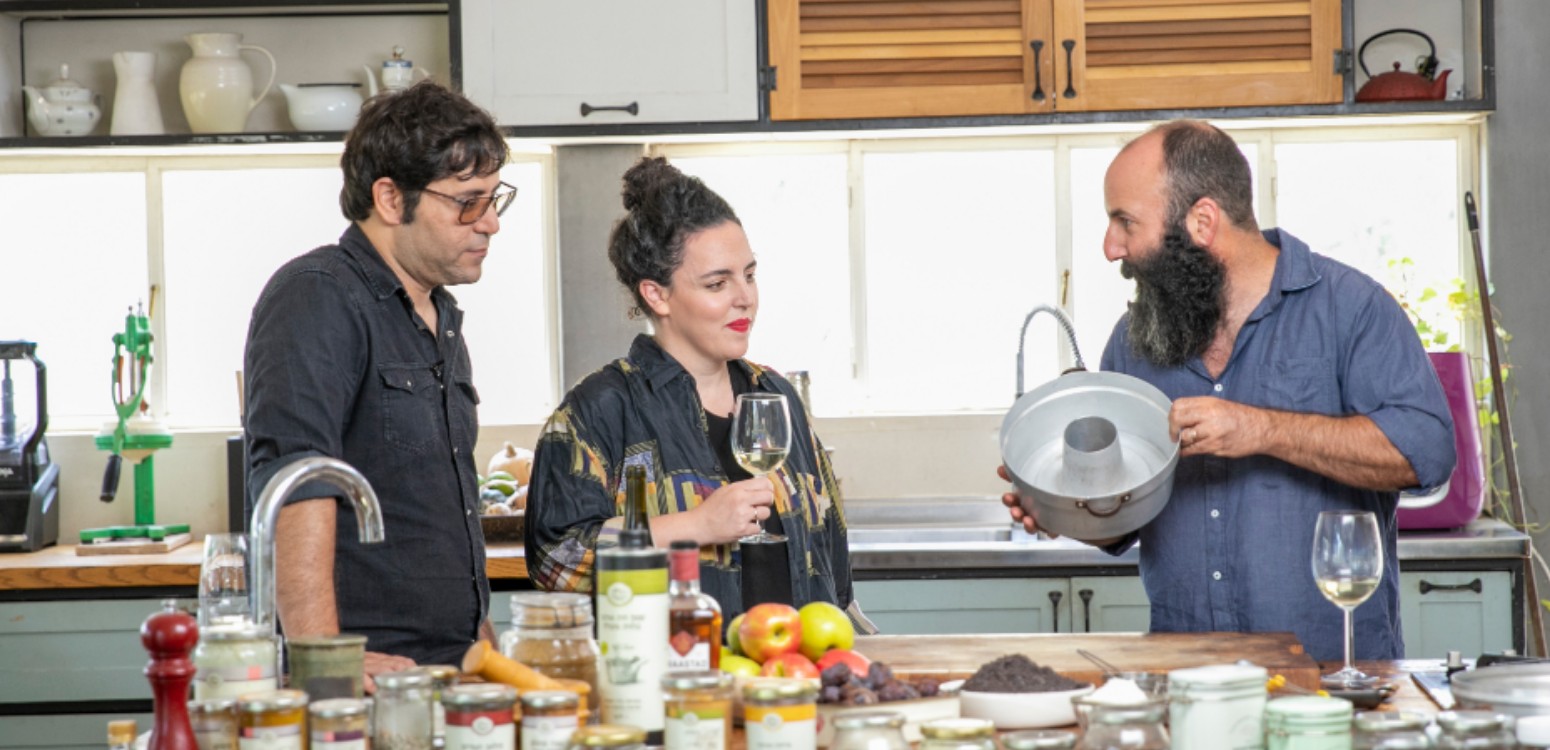
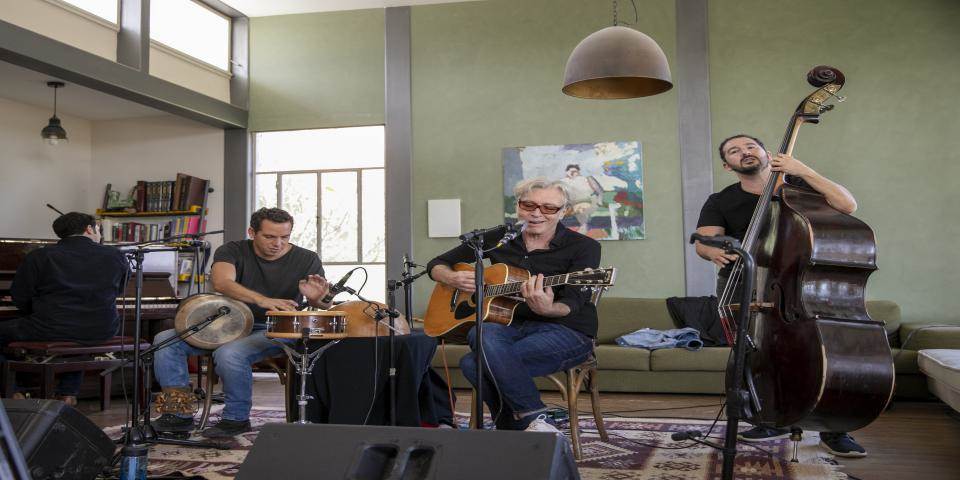

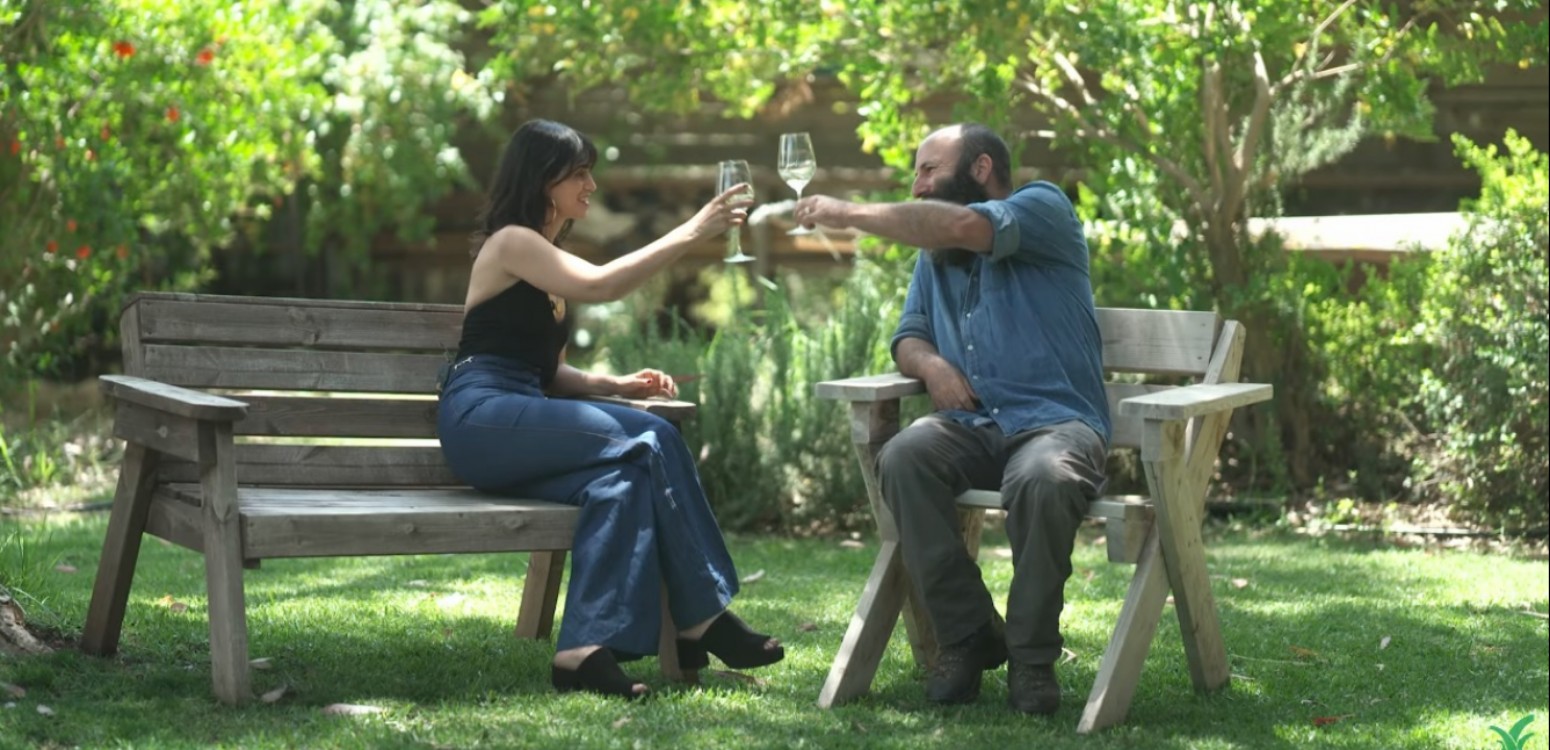
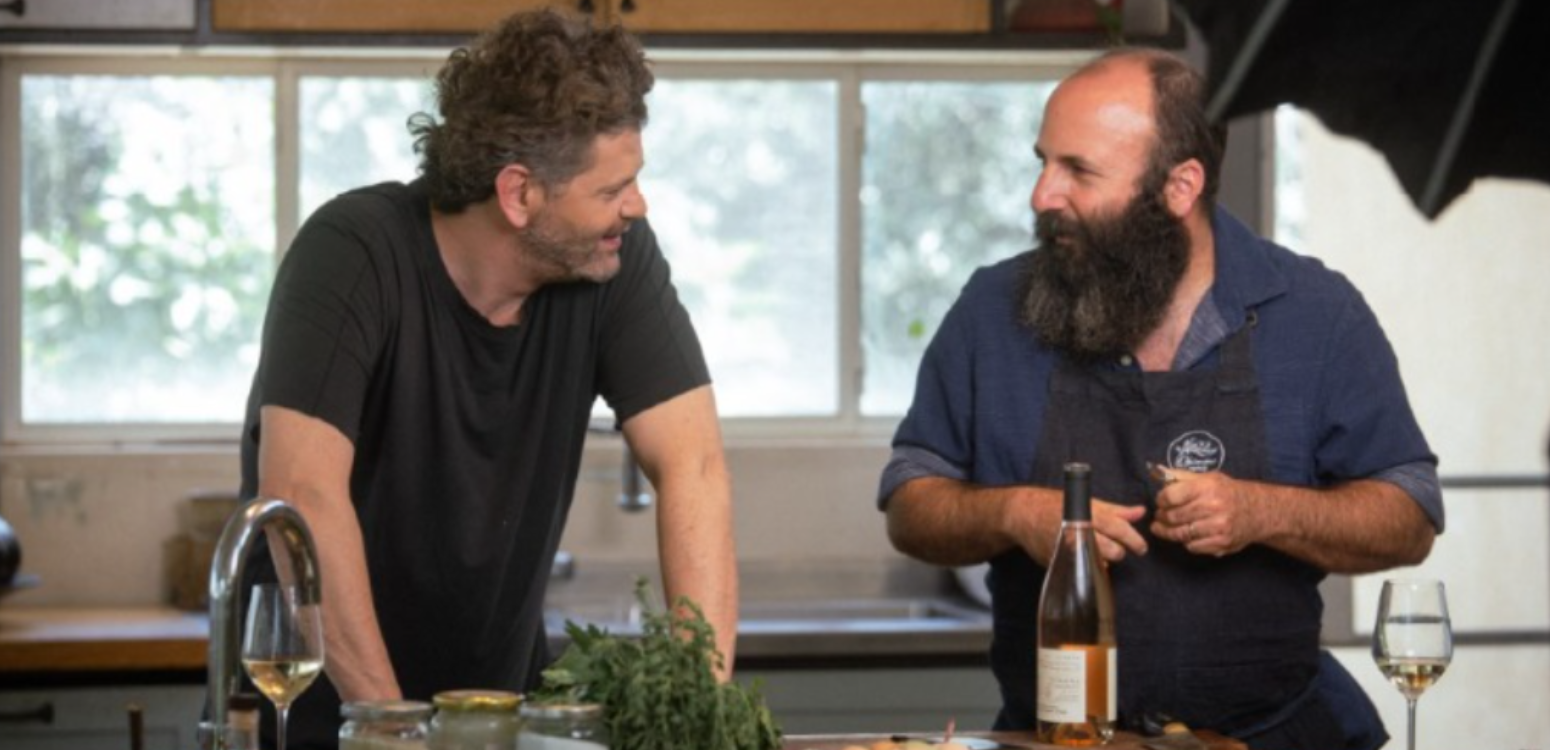
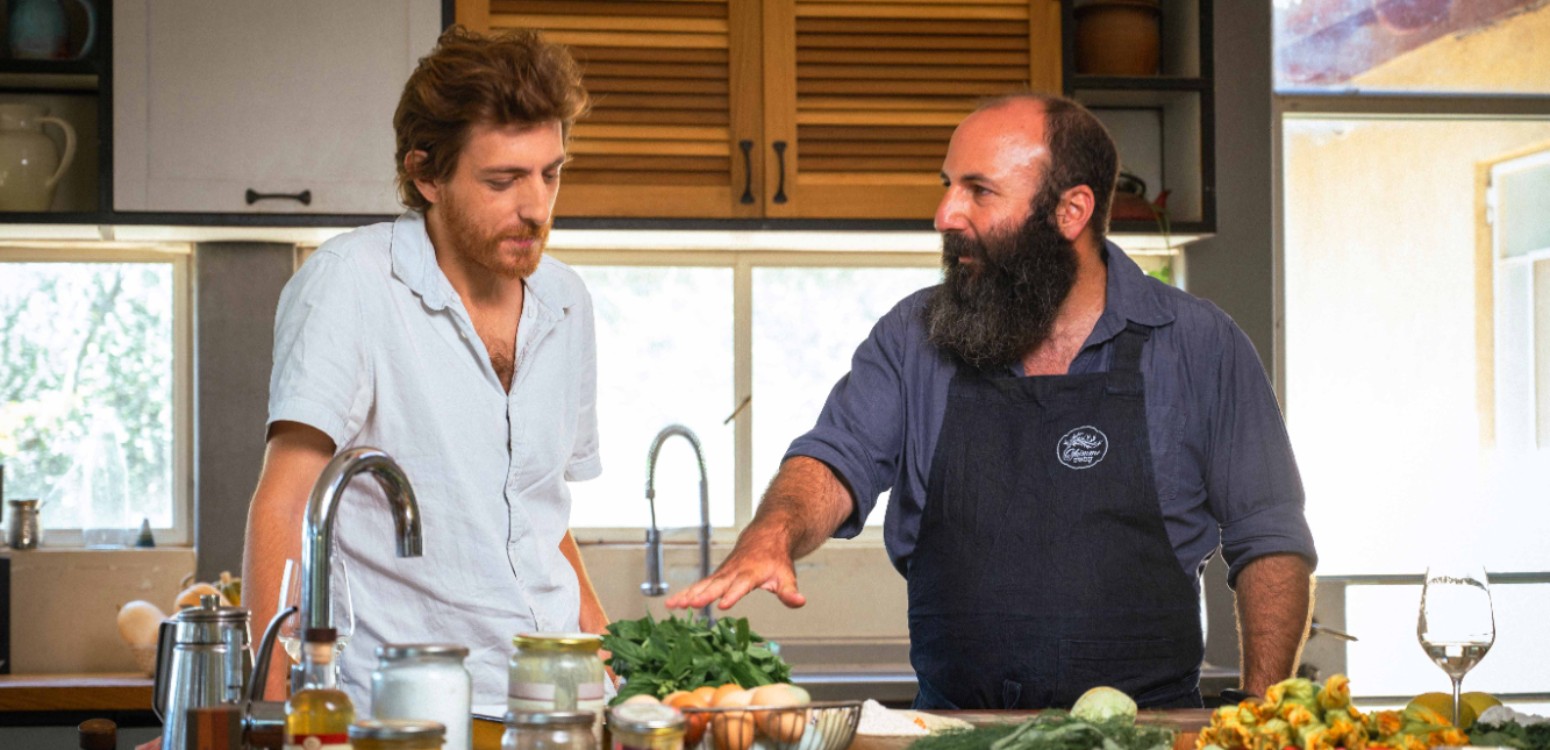
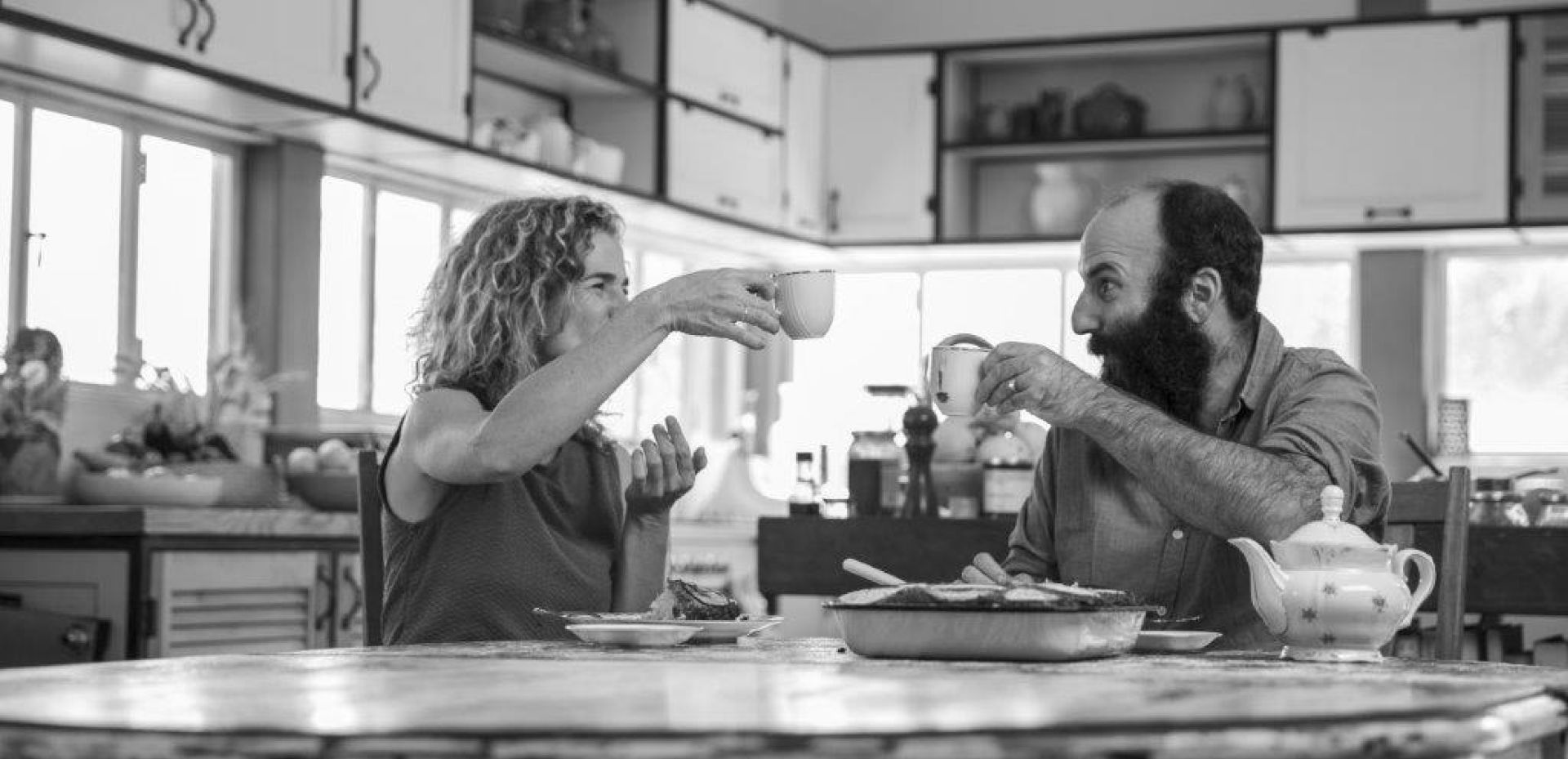
Neta Elkayam, who has been dubbed the Moroccan-Chaabi Dove and plumbs Moroccan culture to its roots in her work, is happy to perform every day of the year - just don’t invite her to sing at the Mimouna. She and her partner, musician Amit Hai Cohen, have had enough of this holiday. We invited them for a special episode of "A Song for the Holiday Eve" with chef and farmer Hedai Offaim, in an attempt to understand why, in fact; how do they think the institutionalization of the Mimouna killed Moroccan music, how the popularity of the mufletta restricts and flattens ethnic identity, and what has been lost in the Israeli version of the North African holiday.
In the kitchen with Offaim, while preparing vegetables stuffed with all the goodness of spring, the two tried to work out why people are stressed by singing in Arabic, which vegetable that we all have in the kitchen was originally called the "Devil's Apple", and a bonus: although she didn’t touch the wine, the Moroccan-Chaabi Dove bursts into an exclusive performance of a song in… Russian.
Spring stuffed with spring - Green leaves stuffed with freekeh and pistachios for Mimouna
For a 28 cm diameter pot
In the market:
For the filling:
2 cups freekeh, checked and washed
3 large onions
½ cup olive oil
1 bunch parsley
½ cup of mint leaves, separated from the stalks
½ cup of hyssop leaves, separated from the stalks
1 cup of mustard flowers
3 ripe tomatoes
5 cloves garlic
Juice of one lemon
Salt and ground black pepper
For the leaves:
Various leaves for stuffing: mangold or colorful beet leaves, borage, mallow, Judean sage, savoy cabbage
1 cup tahini
1 whole lemon
5 cloves garlic
6-7 thyme stalks
In the kitchen:
Place the freekeh in a large bowl and cover with 6 cups of boiling water. Set aside for an hour.
Meanwhile, chop the onion and fry in the olive oil until golden. Strain the freekeh and transfer to a mixing bowl. Add the fried onion with the oil it was fried in. Chop the parsley and add to the bowl, along with the mint leaves, hyssop and mustard flowers. Finely chop the tomatoes and garlic as well and add. Season with lemon juice, salt and pepper, taste and adjust the seasoning.
Dip the coarse leaves in boiling water for about a minute and place on the counter. With leaves that have a hard or woody spine, remove the stem up to its pliable part. Place some of the filling on the leaf and roll it around the filling, folding the edges in towards the center to create nicely wrapped rolls that are not overly compressed.
Pour the raw tahini into a clay or metal oven-safe pot with a lid, and spread it around. Place a few large leaves to line the pot, and pack in the rolled leaves closely over them. Between the stuffed rolls, arrange slices of lemon, garlic and sprigs of thyme. If desired, place a few slices of tomato on the top.
Pour one cup of water over everything, cover, and transfer to a preheated oven at 225°C for about 40 minutes. Remove the lid and bake for another 20 minutes until the surface of the stuffed rolls is slightly golden. Serve with chilled arak and tahini mixed with yogurt and hot peppers.












